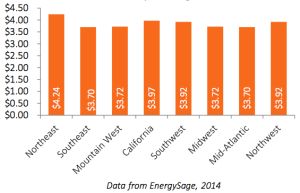By: Bob Marcotte, University of Rochester
 In order to power entire communities with clean energy, such as solar and wind power, a reliable backup storage system is needed to provide energy when the sun isn’t shining and the wind doesn’t blow.
In order to power entire communities with clean energy, such as solar and wind power, a reliable backup storage system is needed to provide energy when the sun isn’t shining and the wind doesn’t blow.
One possibility is to use any excess solar- and wind-based energy to charge solutions of chemicals that can subsequently be stored for use when sunshine and wind are scarce. At that time, the chemical solutions of opposite charge can be pumped across solid electrodes, thus creating an electron exchange that provides power to the electrical grid.
The key to this technology, called a redox flow battery, is finding chemicals that can not only “carry” sufficient charge, but also be stored without degrading for long periods, thereby maximizing power generation and minimizing the costs of replenishing the system.


 Carbon-free energy: Is the answer blowing in the wind? Perhaps, but the wind doesn’t always blow, nor does the sun always shine. The energy generated by wind and solar power is intermittent, meaning that the generated electricity goes up and down according to the weather.
Carbon-free energy: Is the answer blowing in the wind? Perhaps, but the wind doesn’t always blow, nor does the sun always shine. The energy generated by wind and solar power is intermittent, meaning that the generated electricity goes up and down according to the weather.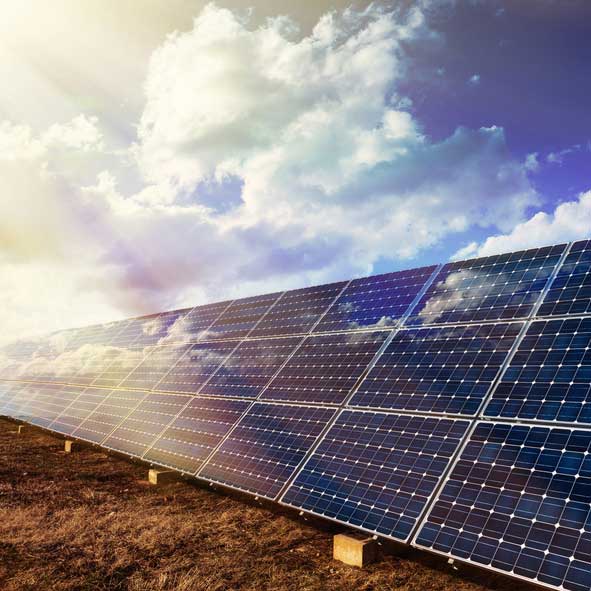 U.S. Secretary of Energy Rick Perry in April
U.S. Secretary of Energy Rick Perry in April 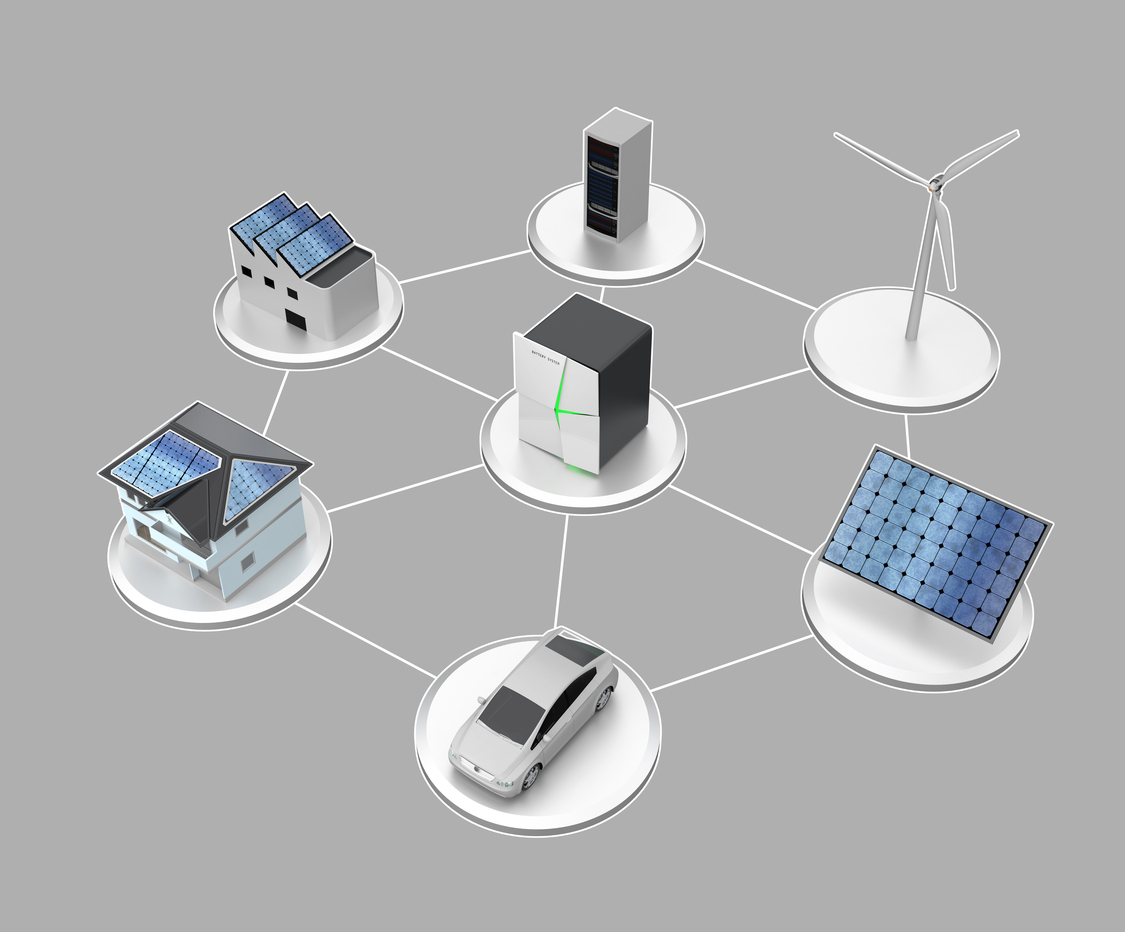 Researchers from Oregon State university have developed the first battery that uses only hydronium ions as the charge carrier, which the team believes could yield promising results for the future of sustainable energy storage.
Researchers from Oregon State university have developed the first battery that uses only hydronium ions as the charge carrier, which the team believes could yield promising results for the future of sustainable energy storage.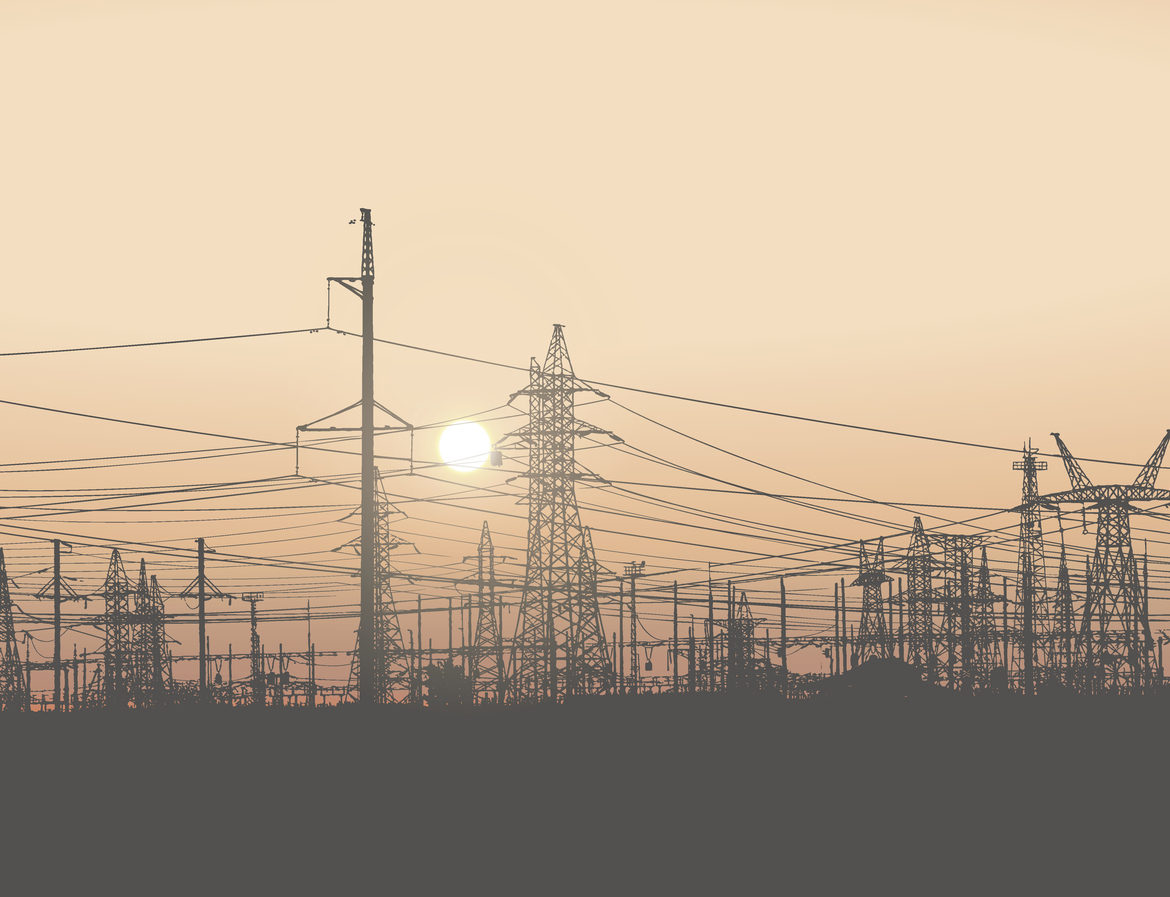 A new study published in the
A new study published in the 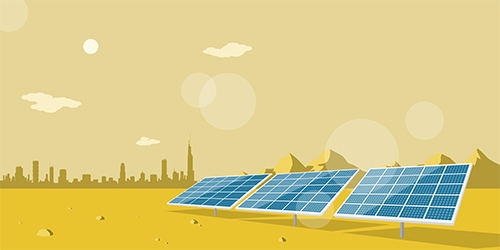 Global energy demands are predicted to reach 46 terawatts by 2100. That number is a far reach from the 18 terawatts of energy currently generated around the world. According to one expert in the field, a major shift in the way we produce and consume energy is necessary in order to meet future demands.
Global energy demands are predicted to reach 46 terawatts by 2100. That number is a far reach from the 18 terawatts of energy currently generated around the world. According to one expert in the field, a major shift in the way we produce and consume energy is necessary in order to meet future demands.